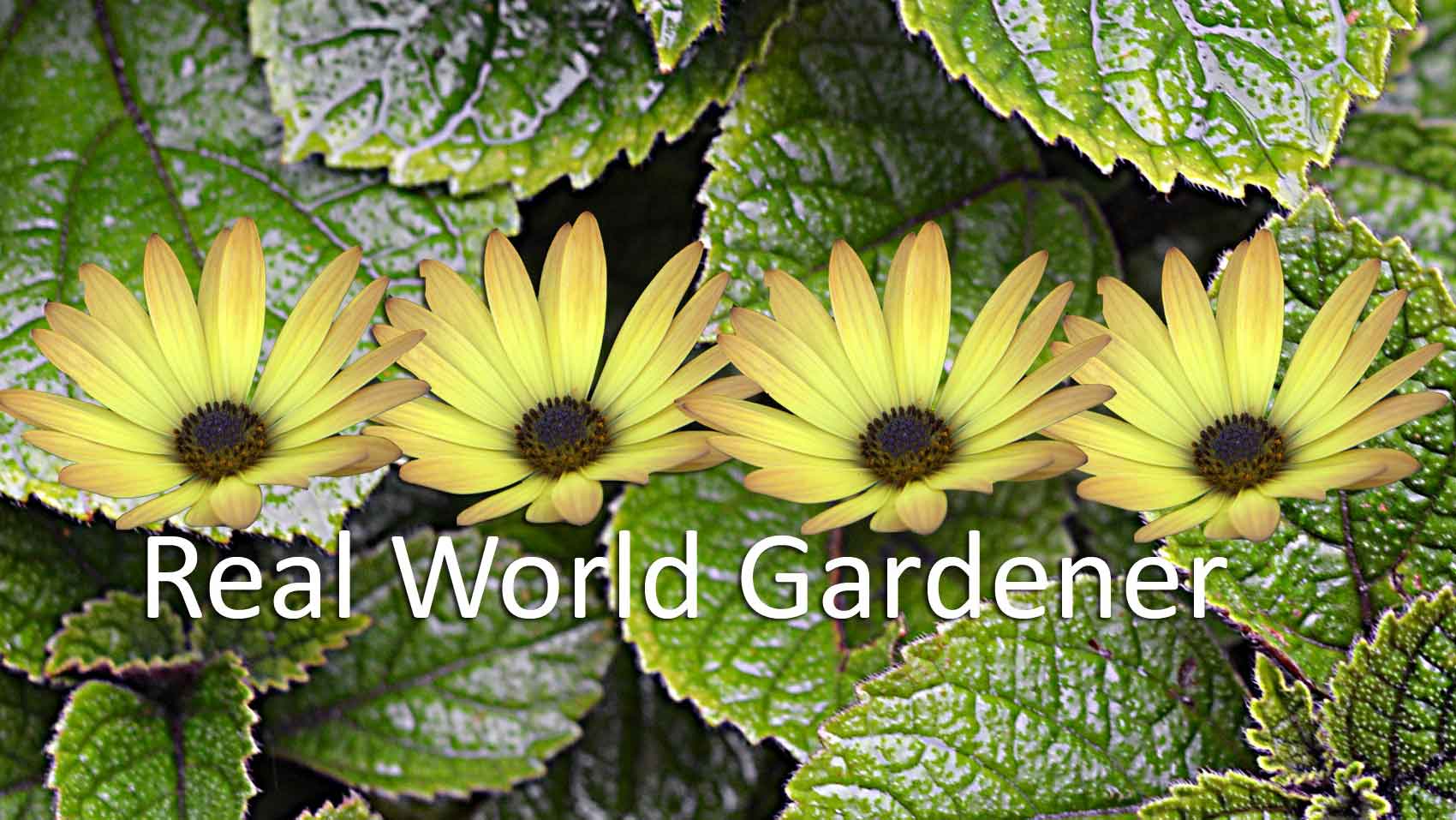
Episodes
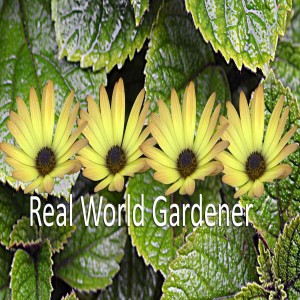
Sunday Oct 30, 2022
Flowers Have Their Seasons on Real World Gardener
Sunday Oct 30, 2022
Sunday Oct 30, 2022
TALKING FLOWERS
Seasonality of Flowers
Vegetables have their season when they’re available fresh and not just out of the cold room where they’ve been for 6 months or more.
What about flowers?
Many people forget that flowers have their seasons too, after all there are plenty of flowers available all year round.
 |
| Hellebores-a winter flower |
If I asked you what’s the best time of year to buy peonies would you know?
What about roses, is there a best time?
Winter Flowers

Spring Flowers
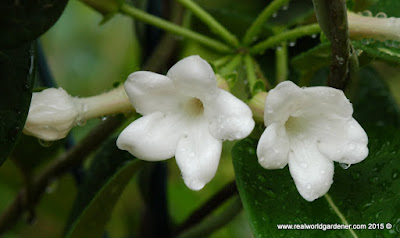 |
| Stephanotis |
Summer Flowers
Autumn Flowers
I'm talking with Nadine Brown of //www.theivyinstitute.com.au/
The scientific name for spring stars is Ipheion uniflorum, often marketed as Triteleia Stars Of Spring, rather confusingly.
Got to say one my favourite spring flowers.
If you have any feedback email realworldgardener@gmail.com or write in to 2RRR PO Box 644 Gladesville NSW 1675

Sunday Sep 04, 2022
Choosing the Freshest Flowers on Real World Gardener
Sunday Sep 04, 2022
Sunday Sep 04, 2022
TALKING FLOWERS
Tips on Choosing the Freshest Flowers
Do you regularly buy a bunch of fresh flowers to brighten up your home?
Sometimes I cringe when I see a bunch of flowers outside some supermarkets because I know what signs to look for that tell me whether or not they’re really fresh.
But could you tell how fresh a bunch of flowers are when you see them for sale?
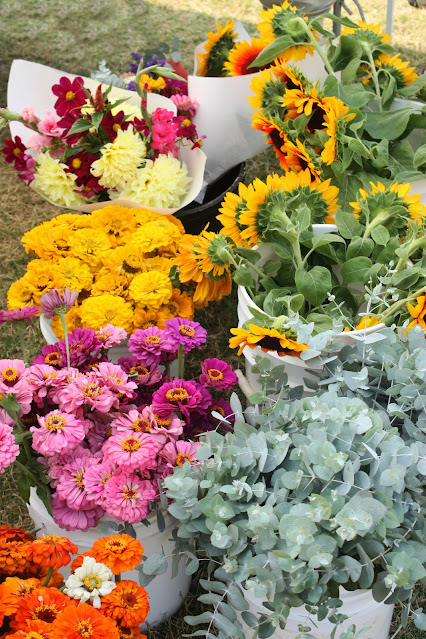
Some of the top tips are
- Keep your flowers away from the fresh bowl of fruit.
- Feel the stems to see if they’re fresh and not slimy.
- Avoid buying flowers from the roadside.
Don’t worry, Nadine Brown will tell us how lots more .
I'm talking with Nadine Brown floral educator of www.theivyinstitute.com.au
If you like buying fresh flowers you should listen to the podcast.
If you have any questions you can email us Realworldgardener@gmail.com or write in to 2rrr, PO Box 644 Gladesville NSW 1675.

Thursday Aug 11, 2022
Drying Flowers on Real World Gardener
Thursday Aug 11, 2022
Thursday Aug 11, 2022
TALKING FLOWERS
Dried Flowers and How To Do Them
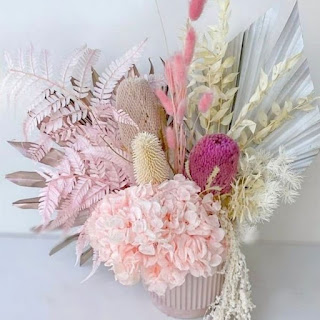
Dry Your Own.
 |
| Billy Buttons-dried by hanging upside down |
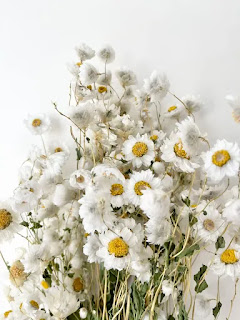 |
| Dried Rhodanthe sp. |
Surprises
HOW?
I'm talking with florist and educator, Nadine Brown, florist educator and business mentor of the Ivy Institute
Why not have a go and drying flowers from your garden?
If you have any feedback email realworldgardener@gmail.com or write in to 2RRR PO Box 644 Gladesville NSW 1675

Sunday Jul 10, 2022
What Is Sustainable Floristry in Real World Gardener
Sunday Jul 10, 2022
Sunday Jul 10, 2022
TALKING FLOWERS
Sustainable Floristry
Have you ever thought about what happens to the tons of flowers that are sold around Australia for weddings, funerals, special occasions like birthdays and anniversaries?
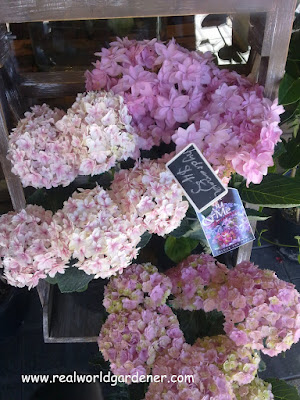 |
| Hydrangea flowers for sale |
Perhaps some of the lucky recipients might compost them when they're finished or at least throw in the in the green waste bin, but what of the others?
Did you know that approximately 10% of flowers that are sold in Australia are imported from overseas?
May not sound like much but do you know if the flowers you buy, are they imported or locally grown and does it matter?
A lot of flowers that are past their use by date end up in landfill, which I suppose means that they might decompose there but what of the mountains of wrapping, floral foam and other packing that the flowers come with?
According to the Sustainable Floristry Network "Excess packaging, plastic props, floral foam, and exotic blooms flown halfway around the globe are rationalised away because that’s what clients expect."
The next problem is that imported flowers are often sprayed with a glyphosate based chemical to prevent customers taking cuttings of the plant, before they arrive. then they are sprayed with the carcinogen methyl bromide, after entering Australia.
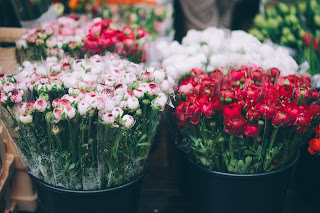
Imported flowers include Roses, Carnations, Orchids, Tropical Foliages and Chrysanthemums are these sourced from places like Kenya, Thailand, South Africa, China, New Zealand, Holland and Vietnam.
Nadine recommends that cut flowers should be bought when in season. Easily done by asking the florist where the flowers are from.
Marianne (radio host) speaks with 'Sustainable Floristry Network" ambassador and floral educator Nadine Brown of //www.theivyinstitute.com.au/home about the meaning of sustainable floristry.
So ask the question when you next buy flowers, are these flowers locally grown?
Check out the sustainable floristry website //www.sustainablefloristry.org/
If you have any questions you can email us Realworldgardener@gmail.com or write in to 2rrr, PO Box 644 Gladesville NSW 1675.

Monday Jun 20, 2022
How to Get Longer Lasting Flowers on Real World Gardener
Monday Jun 20, 2022
Monday Jun 20, 2022
TALKING FLOWERS
Tips For Longer Lasting Flowers in the Vase
Flowers are so uplifting and whilst they’re lovely in the garden, in the home, you’ve got them to enjoy for longer.
After all, you’re not watching your flowers that are in the garden for very long.
-
There are plenty of 'old wives tales', and just plain outright myths about what to do to your flowers to make them last past 3 days in the vase.
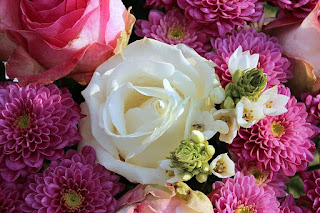
- Ever heard of putting a copper penny in the vase water? Well it's sounds like it could work but in reality, it doesn't do anything for the flowers.
- What about dissolving an aspirin in the water? That's sheer nonsense.
- So how can you make the most of your cut flowers?
- Some of those tips you may have heard before on my Real World Gardener program and one of them is that flowers are ethylene sensitive.
- That means flower sellers on the roadside are not just selling your flowers, but a whole bunch of ethylene laden flowers that have been covered by exhaust fumes.
- That also means that your fruit bowl of bananas, apples and pears are also emitting ethylene which hasten the demise of your precious flowers if they're nearby.
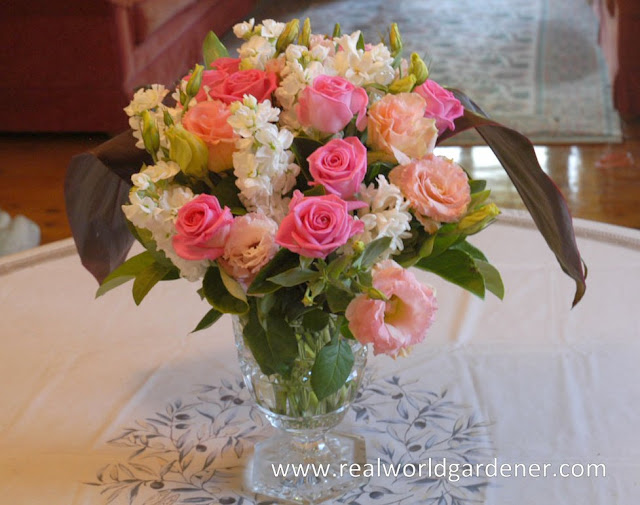
- The best place to buy your flowers is from the grower or from a florist.
- The next best tip is clean fresh water every couple of days is the next best thing for your flowers.
- If you recut the stems on an angle as you do that, then you're increasing the vase life of your flowers. Doing this under water prevents air bubbles from blocking any uptake or food or water too.
- Filtered water isn't totally necessary.
- Coming second those first tips is a spoonful of vodka!!
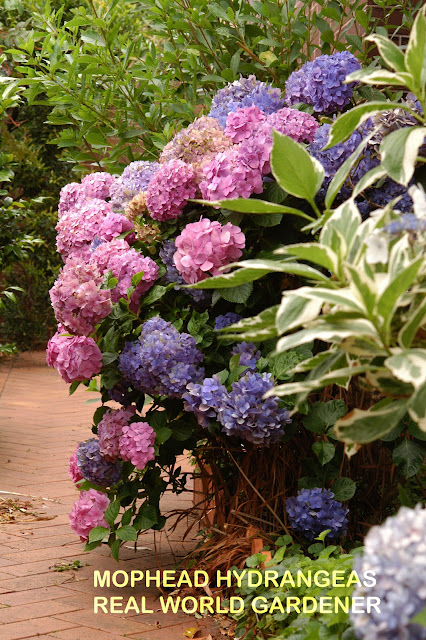
Is scalding the stems a myth or fact?
Perhaps you thought that was a bit of fuss over nothing?
The truth is this works for woody stems such as hydrangeas and roses, plus a few others like lavender and poppies. Not all flowers though.
Using boiling water or scalding, expels air bubbles or trapped air from the stems, which as before, blocks uptake of water and nutrients.
For more tips listen to the podcast and watch the tutorial that Nadine has generously provided on 'Care and Condition for your flowers.
//vimeo.com/485281174/2ac20b9565
So let’s listen to the podcast.
